Alors que se tenait la Conférence mondiale des Nations Unies de 2001 contre le racisme à Durban en Afrique du Sud et où l'on a entendu le slogan « un Juif , une balle », une campagne fut lancée pour isoler Israël. Elle avait pour but de délégitimer Israël en utilisant le modèle réussi de l'isolement international du régime de l'apartheid en Afrique du Sud. Ce qu'on ne pouvait pas obtenir par la vérité, on essaierait de l'obtenir par la propagande. La discrimination effroyable qui s'exprima à Durban poussa le sous-ministre des Affaires étrangères de l'Afrique du Sud , Aziz Pahad, à émettre une déclaration dans laquelle il déplorait les «événements honteux » qui avaient eu lieu et le « détournement » de la conférence en « un événement antisémite ». Comme Irwin Cotler l'a remarqué, la conférence, qui devait mettre fin au racisme, était elle-même l'expression du racisme. Dix pays occidentaux ont boycotté Durban II.
Malheureusement , les échos honteux de la conférence de Durban se répercutent encore aujourd'hui dans certains milieux où le mot «apartheid» est utilisé pour délégitimer l'État juif . Alors que la plupart des grands médias évitent généralement de relayer l'analogie diffamatoire entre Israël et l'apartheid et permettent d'effectuer des corrections, il existe des exceptions. Notre demande de correction concernant la récente comparaison faite par la chroniqueuaw de La PresseAgnès Gruda entre Israël et l'apartheid a été rejetée par les rédacteurs de La Presse. Voilà ce qu'il en est des principes journalistiques d'exactitude et d'équité.
Le terme apartheid est défini exclusivement dans un contexte de discrimination raciale et implique une intention de discriminer sur la base de la race (Statuts de Rome). Le mot apartheid a une signification particulière. Il n'existe pas de « sens général» au terme «apartheid», ainsi que Mme Gruda le soutient. L'apartheid est soit une discrimination fondée sur la race ou ça ne l'est pas. Si ça ne l'est pas, il ne s'agit ni de racisme ni d'apartheid et l'utilisation du terme est donc inflammatoire et diffamatoire.
Cela résume l'article de Mme Gruda qui affirme à tort que «les colons juifs de Cisjordanie, eux, circulent sur des routes séparées». Le message de l'apartheid est clair, mais faux. Parmi les milliers de kilomètres de routes et d'autoroutes de Cisjordanie empruntées à la fois par les Juifs et par les Palestiniens, une poignée de routes sont considérées comme étant trop dangereuses pour les Israéliens. Ces routes sont situées dans des zones qui ont été la cible d'attaques sanglantes par des cellules terroristes palestiniennes de Cisjordanie, qui visent les véhicules avec des plaques israéliennes. En effet, au cours de la deuxième intifada, des milliers d'Israéliens ont été tués dans des attaques terroristes, et les problèmes demeurant encore aujourd'hui. C'est ainsi qu'en avril, un Israelien a été tué lorsque des terroristes palestiniens ont ouvert le feu sur des véhicules israéliens en Cisjordanie.
Ce petit nombre de routes n'est pas exclusivement réservé aux juifs, comme Mme Gruda le prétend, mais a toutes les religions et ethnies - les arabes israéliens, Bahai, chrétiens, druzes, circassiens et toutes autres qui circulent en voiture avec une plaque d'immatriculation israélienne. Cela démontre assez clairement qu'il n'y a aucune ségrégation, ni religieuse ni raciale.
Pour Mme Gruda, Israël pratique « l'apartheid » parce que les Palestiniens de Cisjordanie n'ont pas le droit de vote en Israël. Mme Gruda omet de mentionner que les Palestiniens de Cisjordanie ne sont pas citoyens israéliens. En prévision de l'échange de territoires contre la paix, Israël n'a jamais annexé la Cisjordanie.
De plus, de nombreux pays du monde qui ont annexé des territoires n'accordent pas de droit de vote à leurs résidents. Pourtant, ces pays ne sont pas accusés d'apartheid. Tel est par exemple le cas de Puerto Rico dont les habitants ne peuvent pas voter aux élections américaines. Le critère reconnu est celui de la nationalité (et non pas du territoire) et n'a rien avoir avec l'apartheid.
Avec une presse libre, des élections libres, la liberté religieuse, les droits complets pour les femmes et les minorités, la primauté du droit et un système judiciaire indépendant, Israël est une démocratie dynamique et progressive où les Arabes jouissent non seulement des mêmes droits que tous les autres citoyens israéliens mais occupent également des postes importants. Selon Salim Joubran, Israélien arabe et juge de la Cour suprême du pays, « Israël est un endroit ou règnent les règles de la diversité « . Richard Goldstone , ancien juge de la Cour constitutionnelle sud-africaine et chef de la mission d'enquête des Nations Unies sur la guerre de Gaza en 2008, a affirmé : « En Israël, il n'y a pas d'apartheid. Rien ne s'y approche de la définition de l'apartheid « . C'est ainsi que dans le cadre d'opérations militaires courageuses, le gouvernement israélien a sauvé presque la totalité de la communauté juive opprimée d'Éthiopie en les faisant venir en Israël où ils ont pu profiter pour la première fois de l'égalité et de la liberté.
Alors qu'Israël ne pratique pas la ségrégation ethnique ou religieuse ni dans son réseau routier ni autrement, il y existe effectivement des routes au Moyen-Orient qui sont ségréguées, par exemple en Arabie saoudite, ou certaines routes sont réservées seulement aux musulmans. Les Saoudiens pratiquent également l'apartheid fondé sur l'orientation sexuelle en emprisonnant et exécutant les homosexuels et lesbiennes. Des politiques discriminatoires sont également pratiquées en Jordanie où les Palestiniens n'ont pas le droit d'exercer certaines professions. À Gaza, le Hamas discrimine ouvertement les femmes, les homosexuels et les chrétiens et va bien au-delà de l'apartheid en affirmant officiellement son aspiration d'anéantir les Juifs à travers le monde. En Cisjordanie, le président palestinien Mahmoud Abbas a déclaré ouvertement qu'un futur État palestinien ne tolérera pas la présence de Juifs. En Iran, les homosexuels sont publiquement pendus a des grues. Dans pratiquement tous les pays du Moyen-Orient, la population chrétienne a chuté - à une exception près : en Israël, ou la population chrétienne a quadruplé.
En fin de compte, le silence face au véritable apartheid est peut-être la preuve la plus révélatrice de la malhonnêteté de la campagne qui est menée contre l'État d'Israël. Il est regrettable que La Presse se joigne a cet effort.
VOIR AUSSI SUR LE HUFFPOST
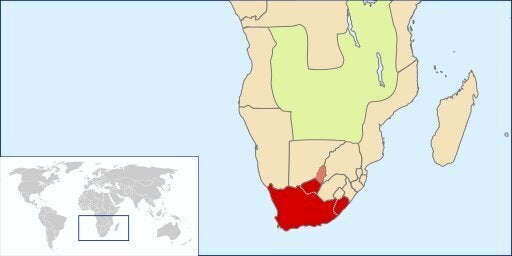
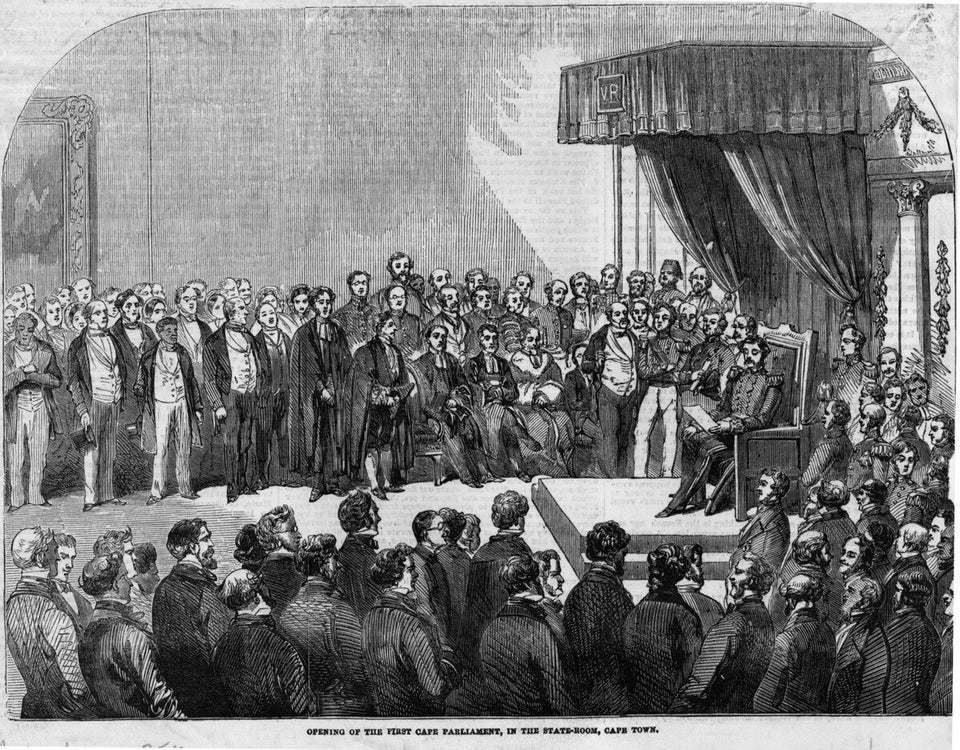
\n
\n1st July 1854: Opening of the first Cape Parliament in the State Room, Cape Town. (Photo by Hulton Archive/Getty Images)
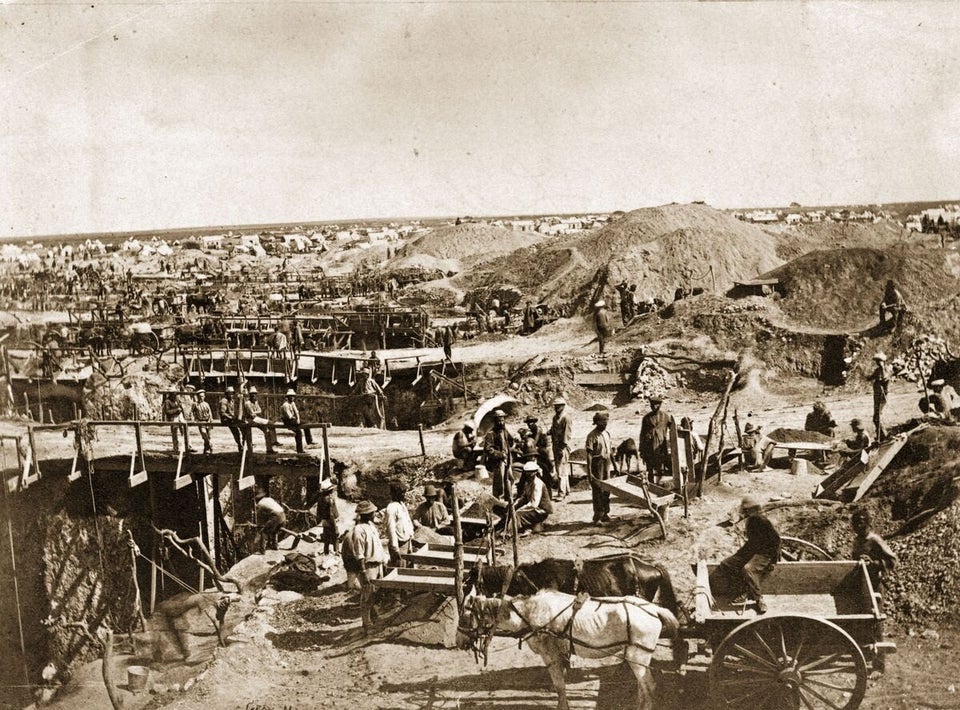
\n
\nAlready resentful of the abolition of slavery by the British Parliament and its attempts to institute a more racially egalitarian society, 15,000 people of Dutch origin establish two independent republics: the Transvaal and the Orange Free State. When the British proposed a confederation of South African states in 1875, the Boers refused -- first non-violently and then with force. The conflict results in two Anglo-Boer Wars. By the end of the second war in 1902, the two previously Boer colonies are under control of the British Empire, which now holds all four South African colonies. A sense of Afrikaner nationalism prevails among the defeated.\n
\n
\nThe Kimberley diamond mines in South Africa, to which thousands flocked in the 1870\'s after the discovery of diamonds on the nearby De Beers farm. (Photo by Gray Marrets/Getty Images)
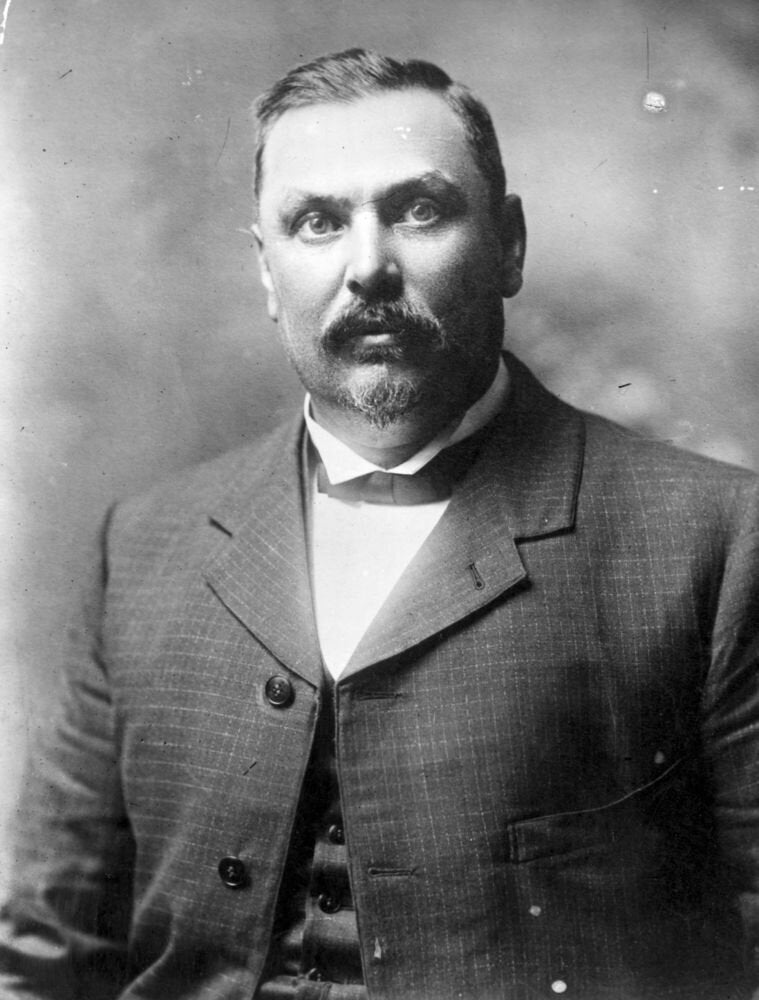
\n
\n1907: Louis Botha (1862-1919) South African general in the Second Anglo-Boer War, and first prime minister of the Union of South Africa after its establishment in 1910. (Photo by Topical Press Agency/Getty Images)
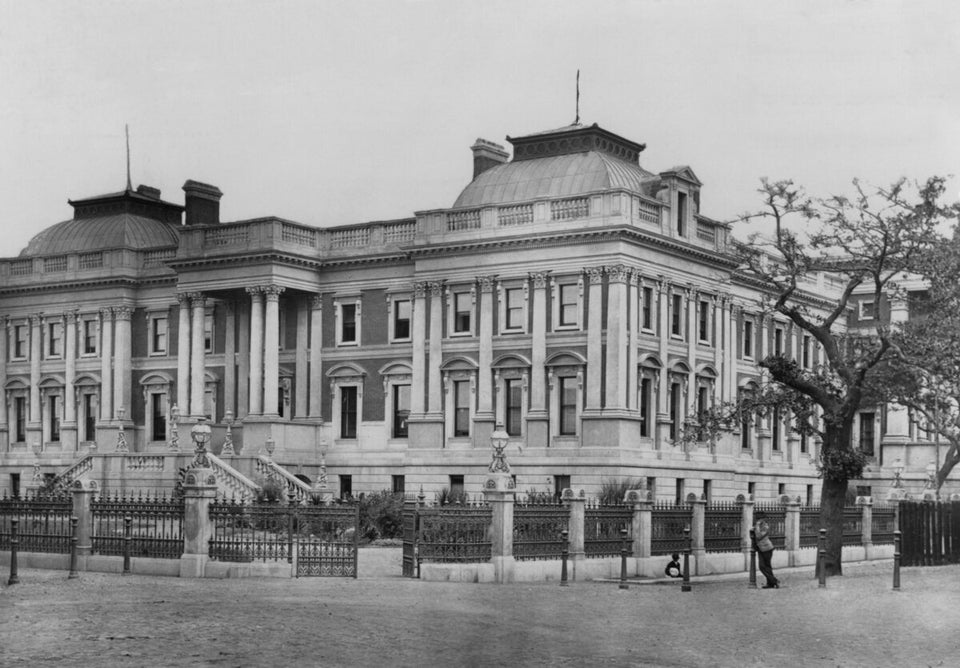
\n
\nThe Houses of Parliament in Cape Town, South Africa, circa 1910. (Photo by Hulton Archive/Getty Images)
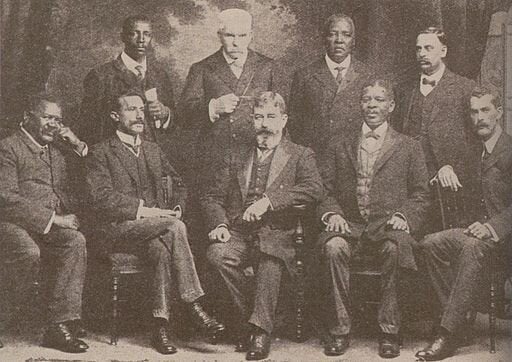
\n
\nDelegation of prominent Cape Town politicians who oppose the racist provisions of the draft to form the Union of South Africa. (South African Library, Cape Town, Wikipedia)
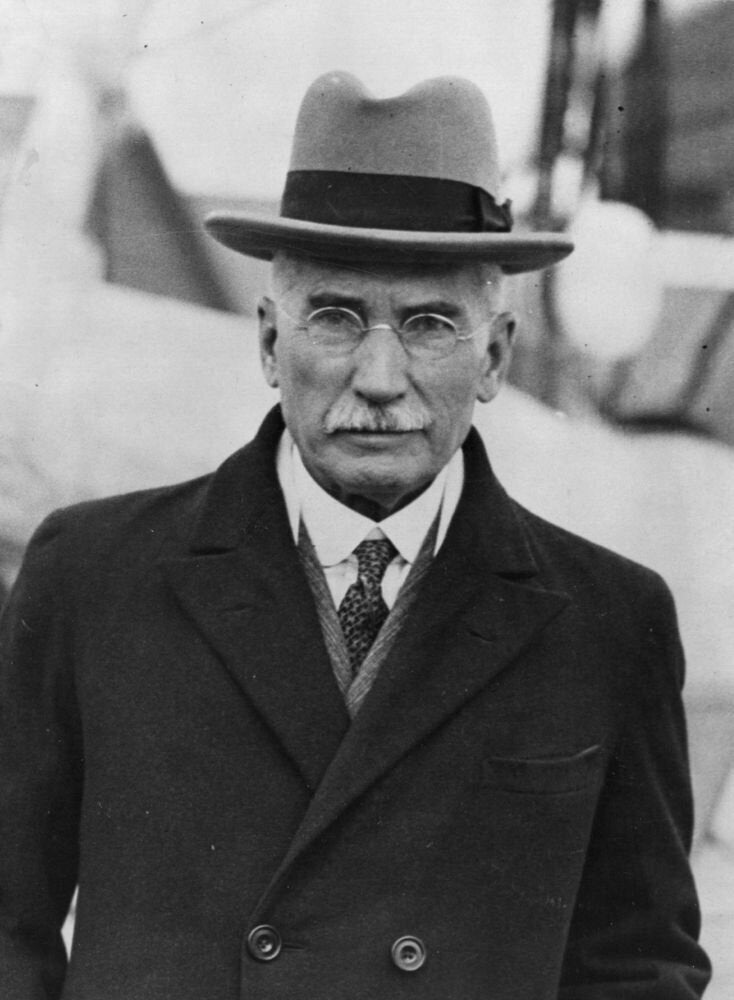
\n
\nJames Hertzog (1866-1942) the Afrikaaner South African soldier and statesman who founded the Nationalist Party in 1913 and later served as prime minister, circa 1920. (Photo by Hulton Archive/Getty Images)
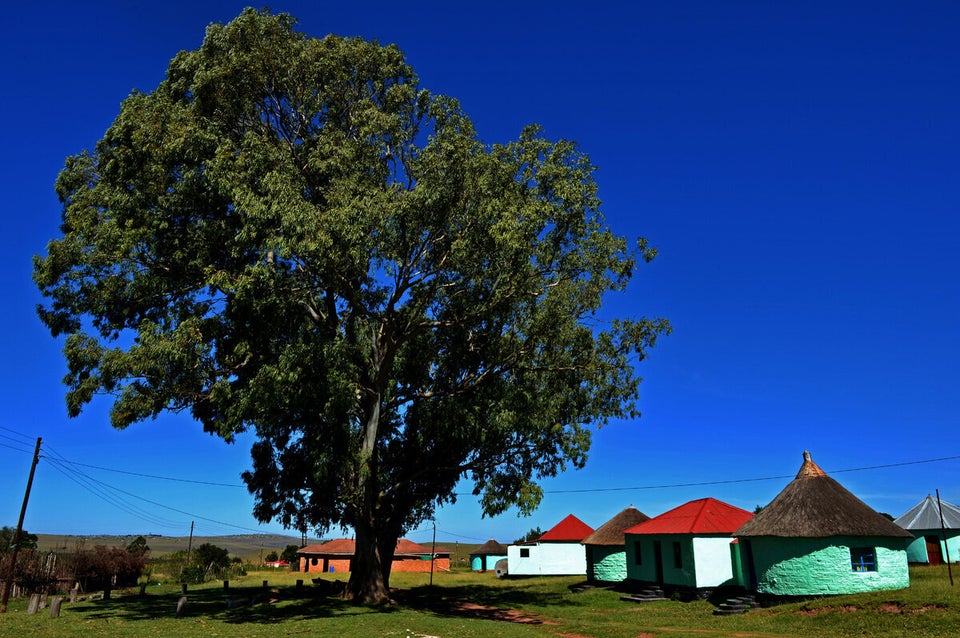
\n
\nThe \'Great Place\' palace at Mqhekezweni where former South African President Nelson Mandela was entrusted under the guardianship of Thembu regent, Chief Jongintaba Dalindyebo, is pictured on April 5, 2013. Mandela was raised by Jongintaba and his wife Noengland alongside their son Justice and daughter Nomafuis at the Great Place. (CARL DE SOUZA/AFP/Getty Images)

\n
\n3rd May 1939: A group of miners with safety lamps in the Robinson Deep Gold Mine at Kimberley, South Africa. (Photo by Reg Speller/Fox Photos/Getty Images)

\n
\nSouth African politician Daniel Francois Malan, who led the Nationalist Party into government in 1948 and began instituting the white-supremacist doctrine of Apartheid as official policy. (Photo by Topical Press Agency/Getty Images)
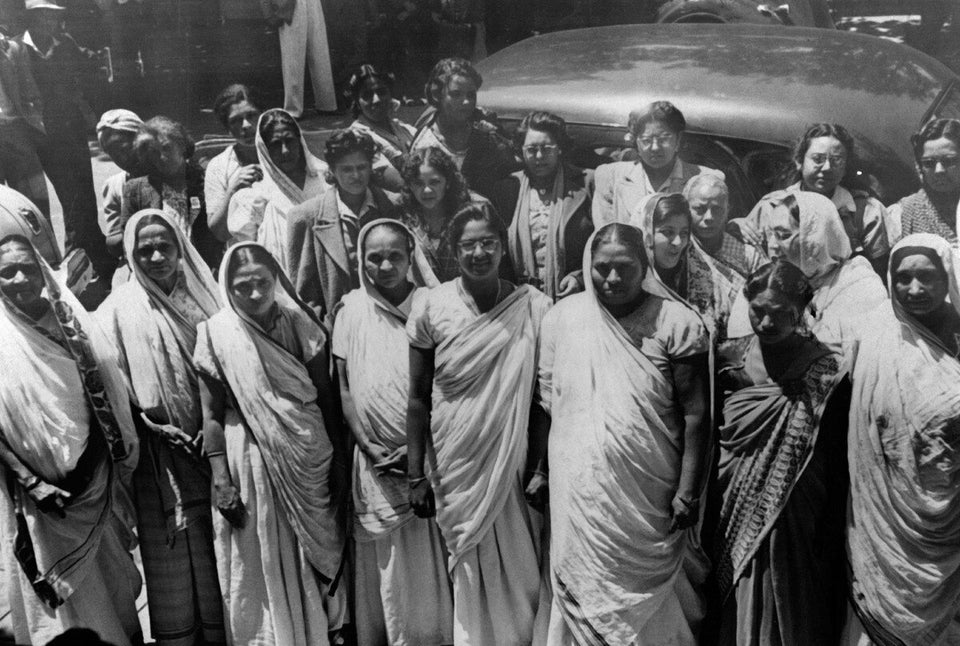
\n
\nPicture released in January 1947 illustrating the Indian population living in South Africa. (AFP/Getty Images)
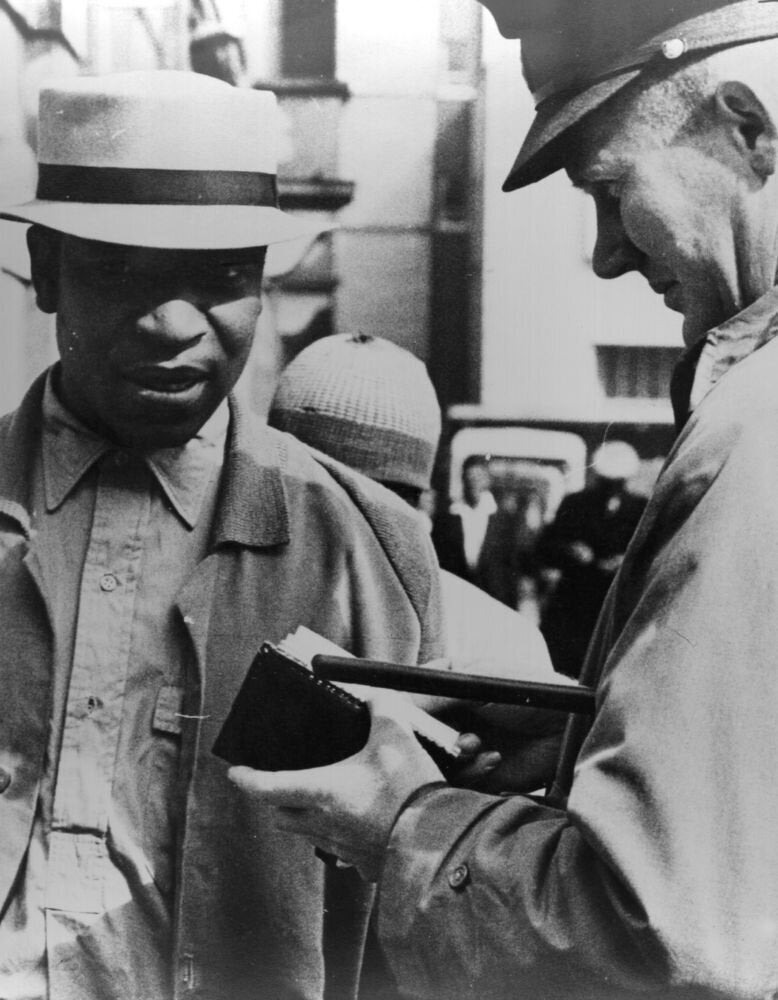
\n
\nA policeman checks the identity card of a black citizen. Enforcement of the Pass Laws controlled the movement and employment of blacks. (Photo by Central Press/Getty Images)
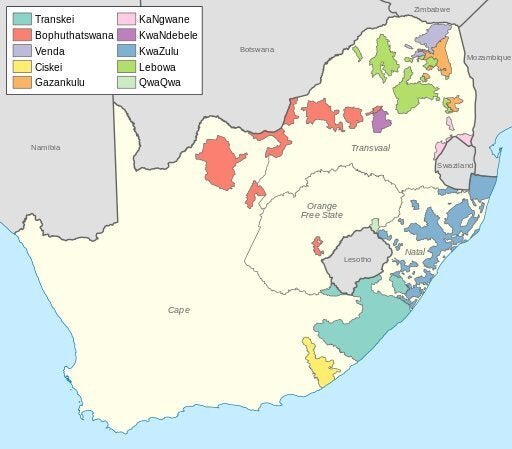
\n
\nBetween 1961 and 1994, more than 3.5 million black South Africans are deported to one of these Bantustans, where they live in poverty and hopelessness.
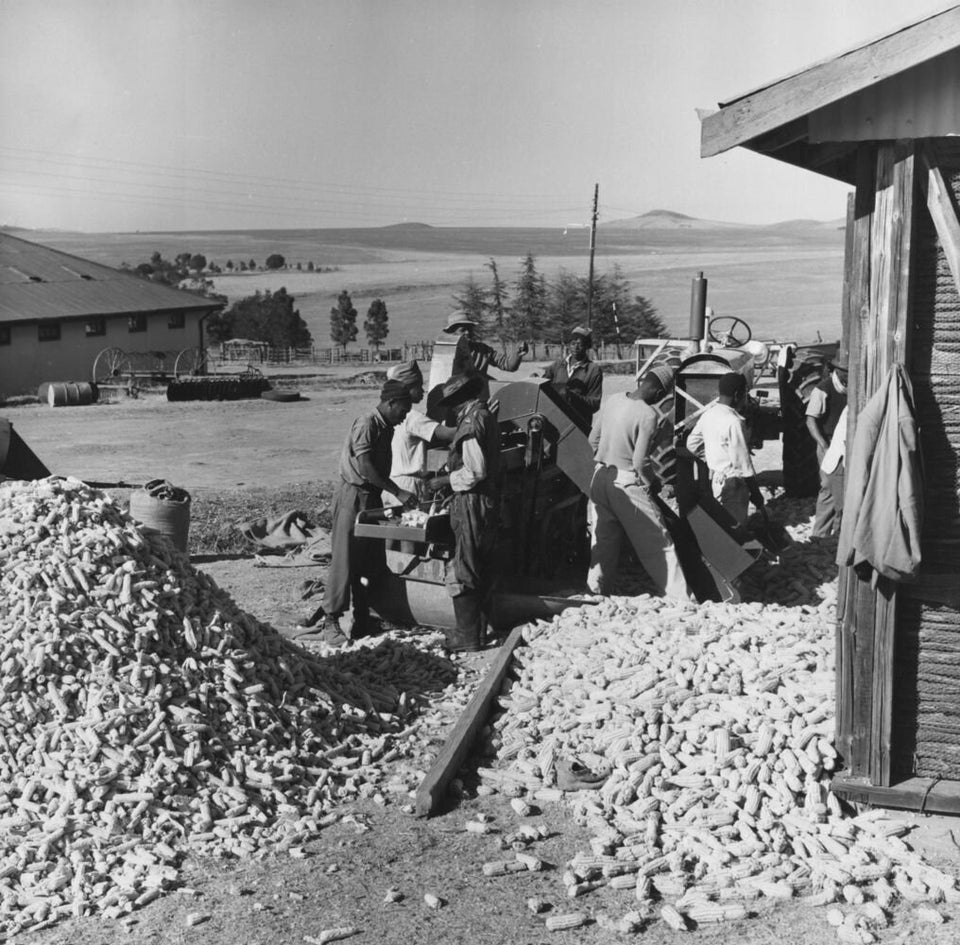
\n
\n15th November 1961: Agricultural students grading maize at the School of Agriculture for Africans at Tsolo, Transkei. (Photo by Ron Stone/Fox Photos/Getty Images)
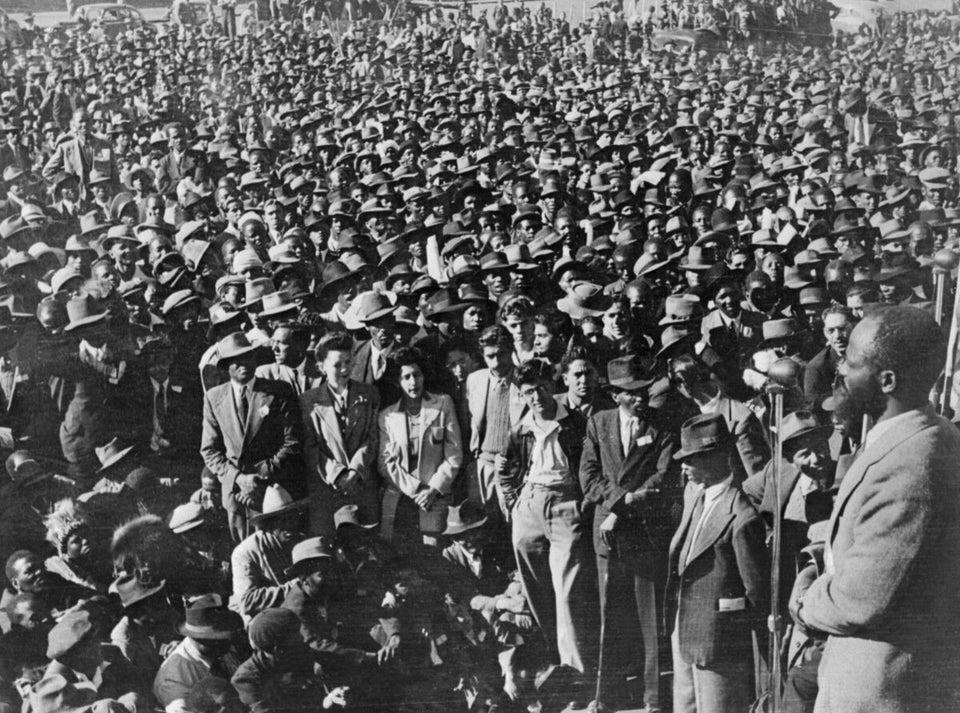
\n
\nAn unlocated photo taken in South Africa in the 1950s shows supporters of the African National Congress (ANC) gathering as part of a civil disobedience campaign to protest the apartheid regime of racial segregation. (AFP/Getty Images)
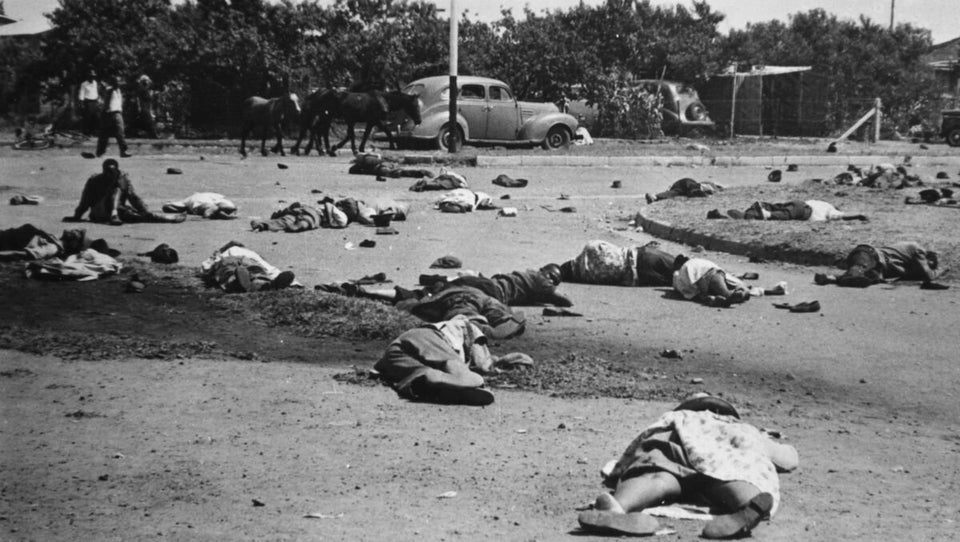
\n
\nThe aftermath of the massacre at Sharpeville, thirty miles from Johannesburg, in which more than fifty black South Africans lost their lives. Police opened fire on them during a demonstration against the rule which forces black citizens to carry passes. (Photo by Keystone/Getty Images)

\n
\nFormer South African President Nelson Mandela\'s room is seen in Liliesleaf farm on June 5, 2008 in the Liliesleaf Farm museum in the Rivonia area of Johannesburg. Liliesleaf Farm occupies a momentous place in South African history and socio-cultural evolution, as it was the site responsible for breaking the resounding political silence of the 1960s. Originally purchased in 1961 by the South African Communist Party, Liliesleaf farm is recognized by the ANC as the birthplace of Umkhonto we Sizwe (MK), the military wing of the African National Congress. (GIANLUIGI GUERCIA/AFP/Getty Images)
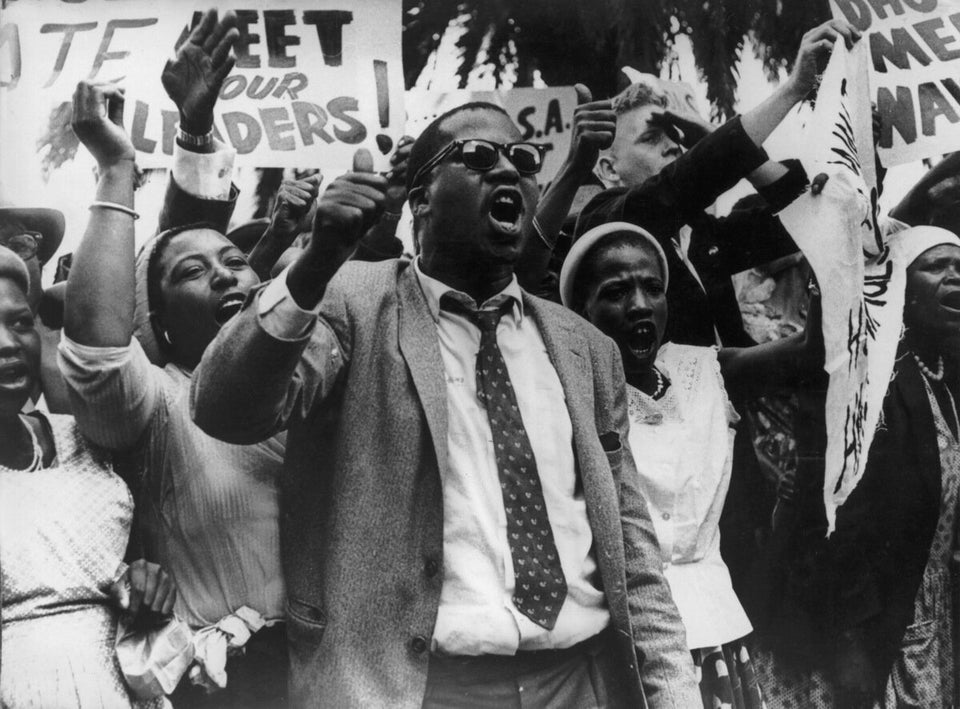
\n
\nProtestors outside the hotel in Pretoria where Dag Hammarskjold, Secretary-General of the United Nations, is staying, 10th January 1961. Hammarskjold meets with South African prime minister Hendrik Frensch Verwoerd for talks on South Africa\'s racial policies. (Photo by Central Press/Hulton Archive/Getty Images)
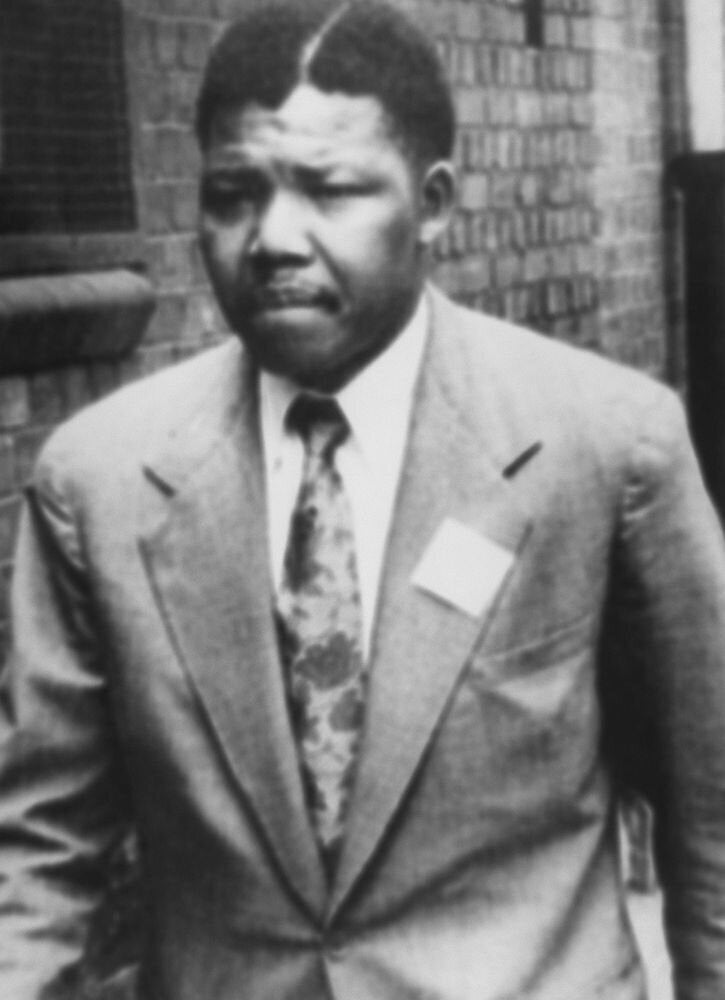
\n
\nTwo years later, in 1964, Mandela is retried along with several of his associates and convicted of sabotage. He is sentenced to life in jail.\n
\n
\nA file photo dated 1961 of African National Congress leader Nelson Mandela. (STF/AFP/Getty Images)
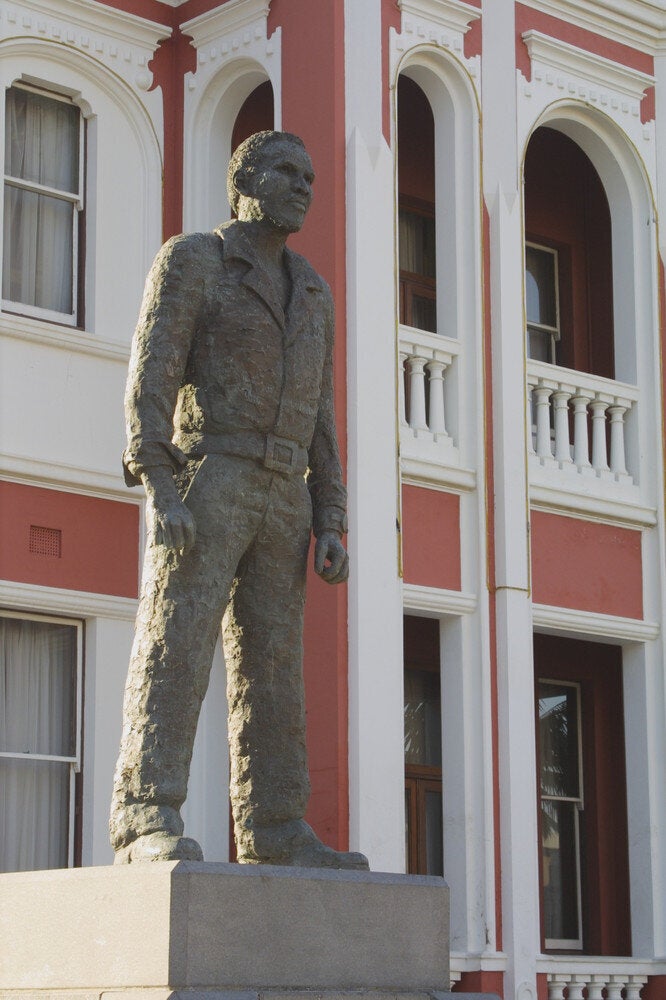
\n
\nThroughout the 1970s, the Black Consciousness Movement spreads across the country\'s universities, with students forming a mass, grassroots resistance to Apartheid.\n
\n
\nSteve Biko Memorial, East London, Eastern Cape Province, South Africa (Getty)
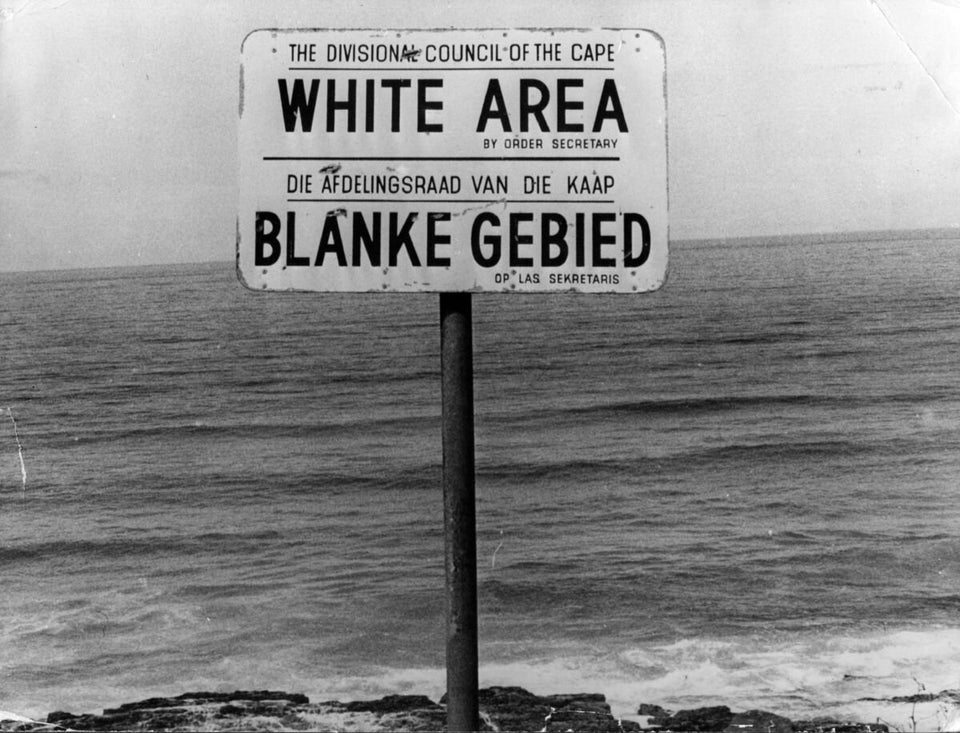
\n
\nAn Apartheid notice on a beach near Capetown, denoting the area for whites only. (Photo by Keystone/Getty Images)
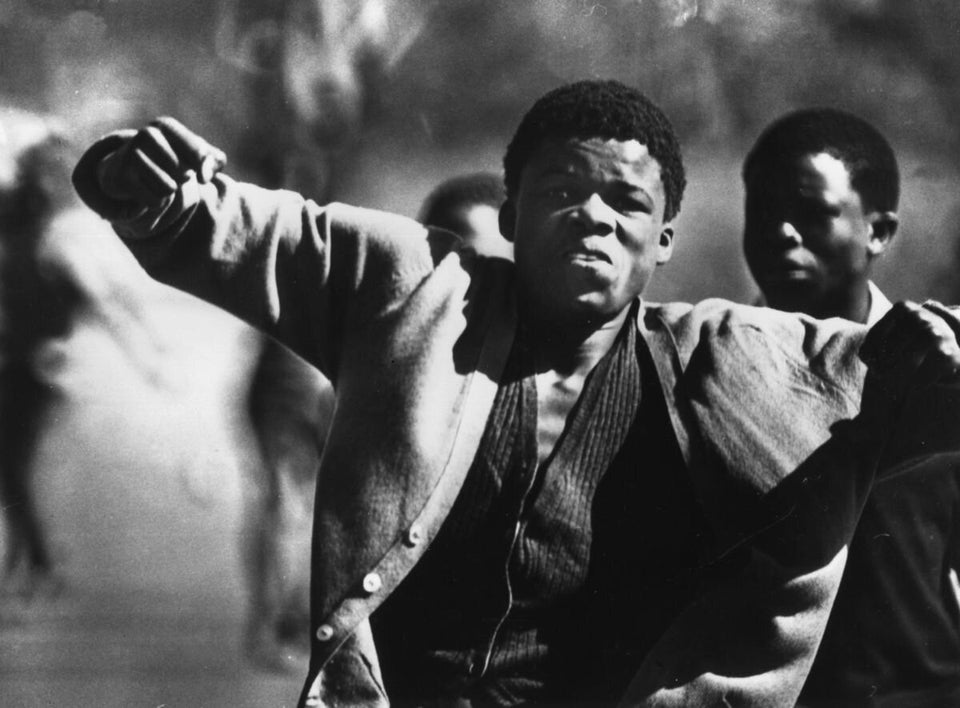
\n
\nWhile the government\'s official death toll counts 176 dead in the Soweto Youth Uprising, further estimates put the casualties from the resulting aftermath as high as 700. The images of police brutality against peacefully demonstrating students further galvanize international outrage.\n
\n
\n21st June 1976: A rioter in Soweto, South Africa. (Photo by Keystone/Getty Images)
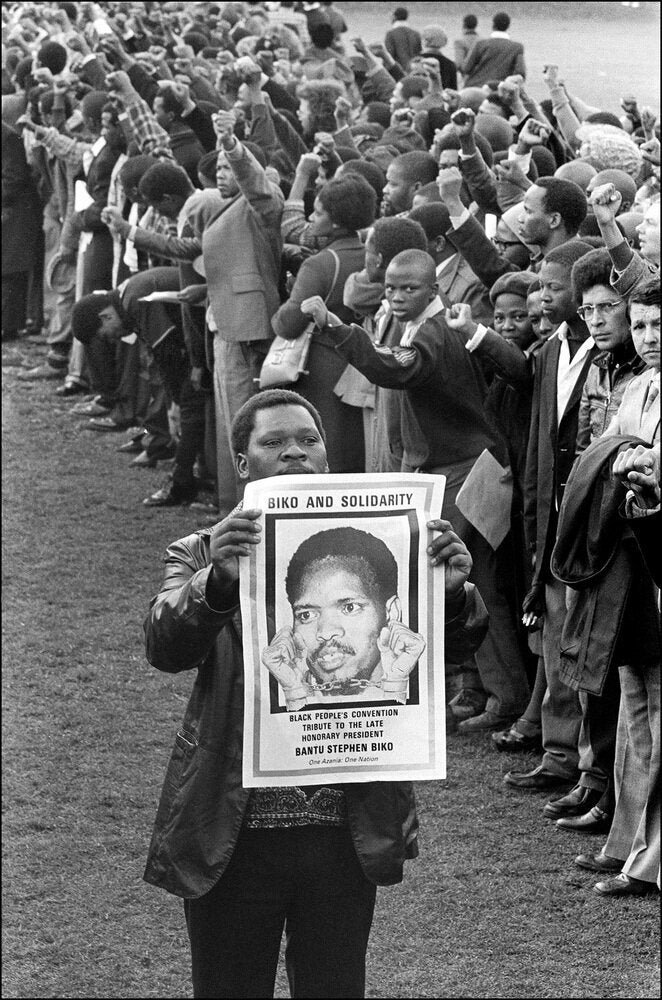
\n
\nPicture taken 03 October 1977 in King William\'s Town of several anti-Apartheid militants attending the burial ceremony of Steve Biko. (STF/AFP/GettyImages)
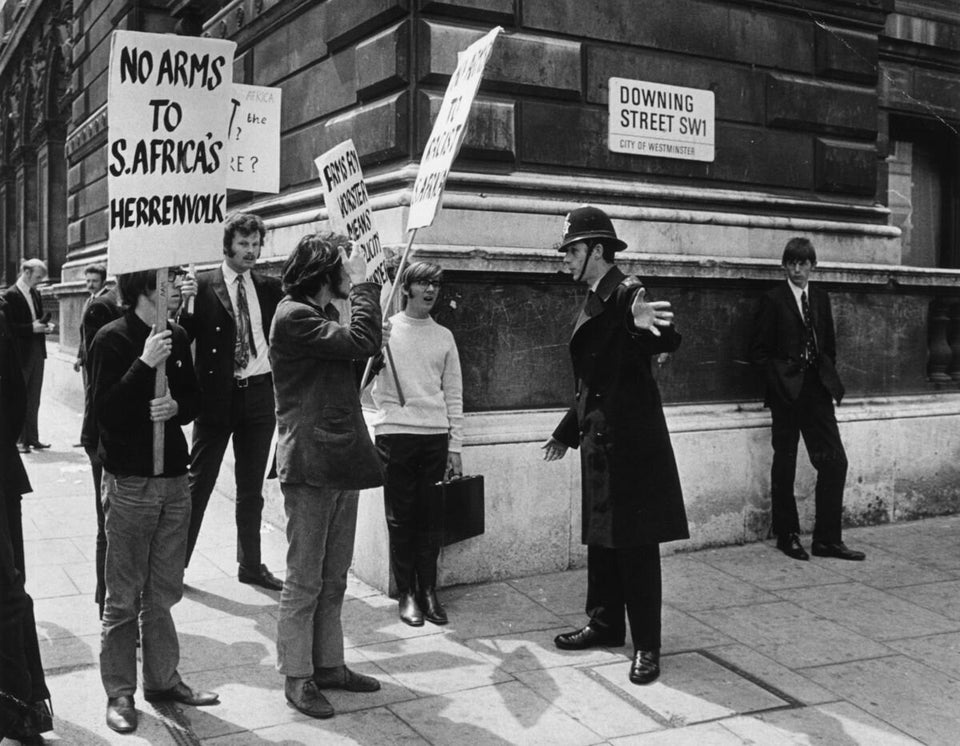
\n
\n29th June 1970: A London policeman bars the way to Downing Street to a group of anti-Apartheid demonstrators protesting against the supply of arms to South Africa. (Photo by Frank Barratt/Keystone/Getty Images)
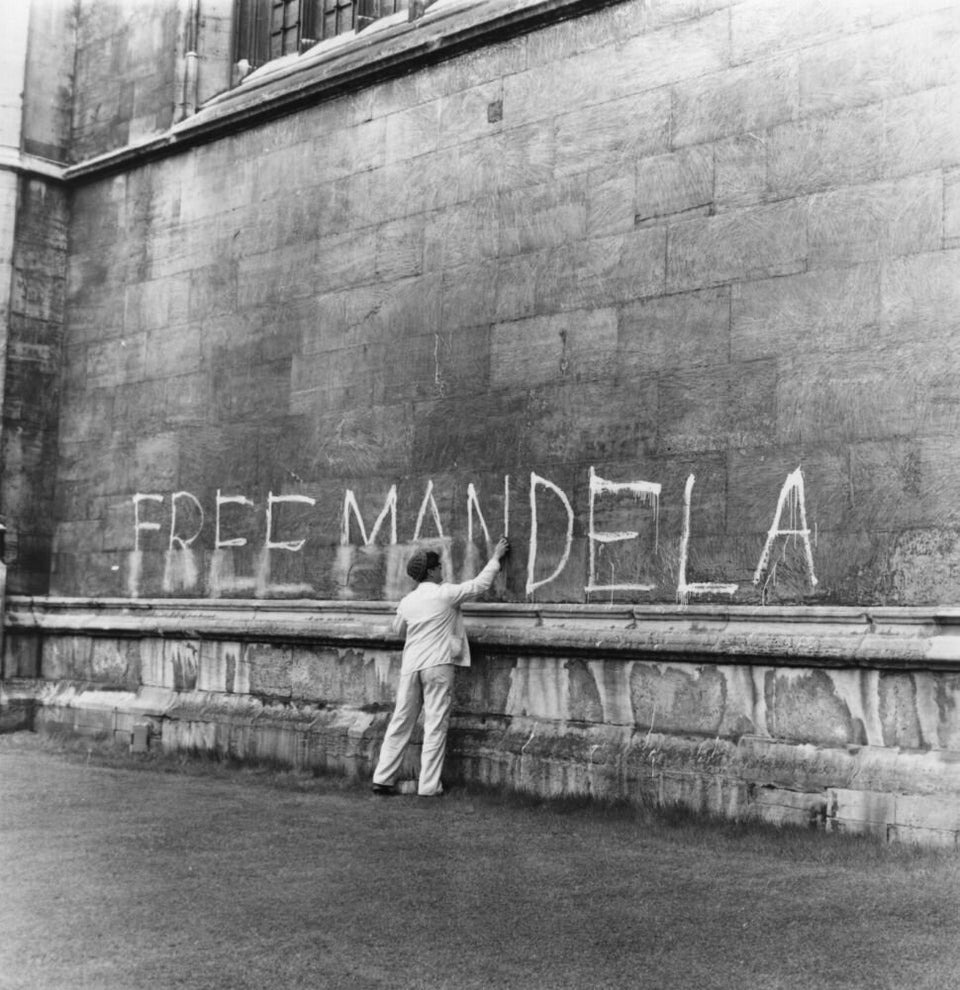
\n
\nA man washing a \'Free Mandela\' slogan off the side of King\'s College Chapel, Cambridge. (Photo by Peter Dunne/Getty Images)
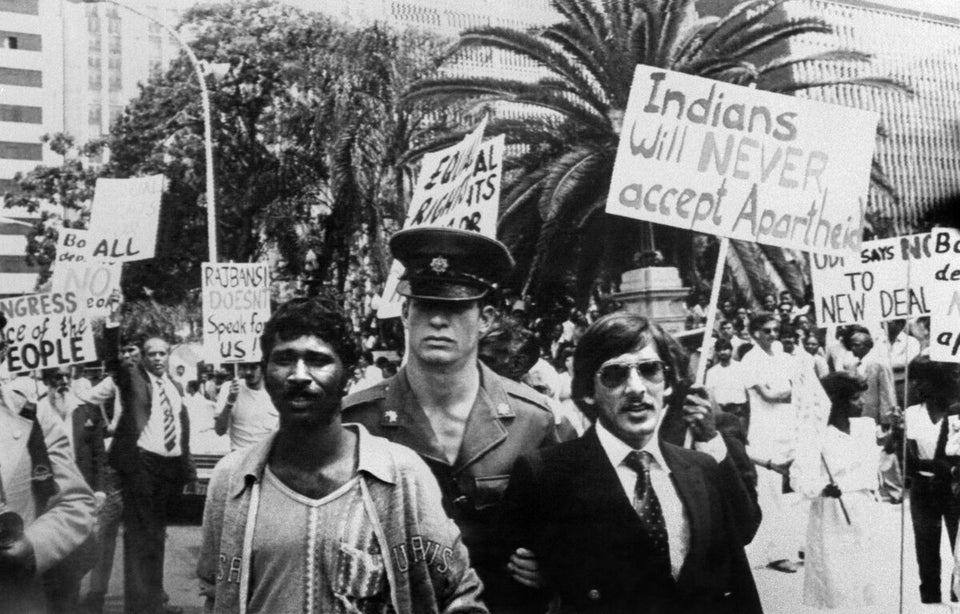
\n
\nA policeman arrests two Indian men of South Africa, on November 14, 1983 during a demonstration against Apartheid outside Durban city Hall. (Paul Weinberg/AFP/Getty Images)
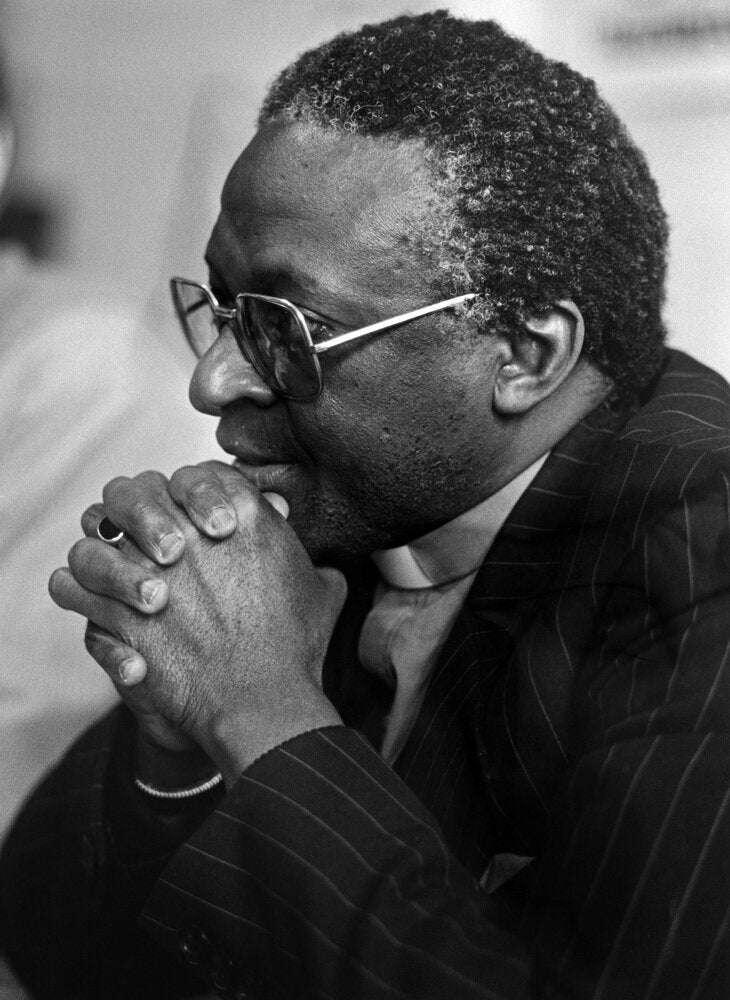
\n
\nPicture released on March 24, 1981 of South African activist and Nobel Peace Prize winner and Anglican Archbishop Desmond Tutu in Copenhagen. (AFP/Getty Images)
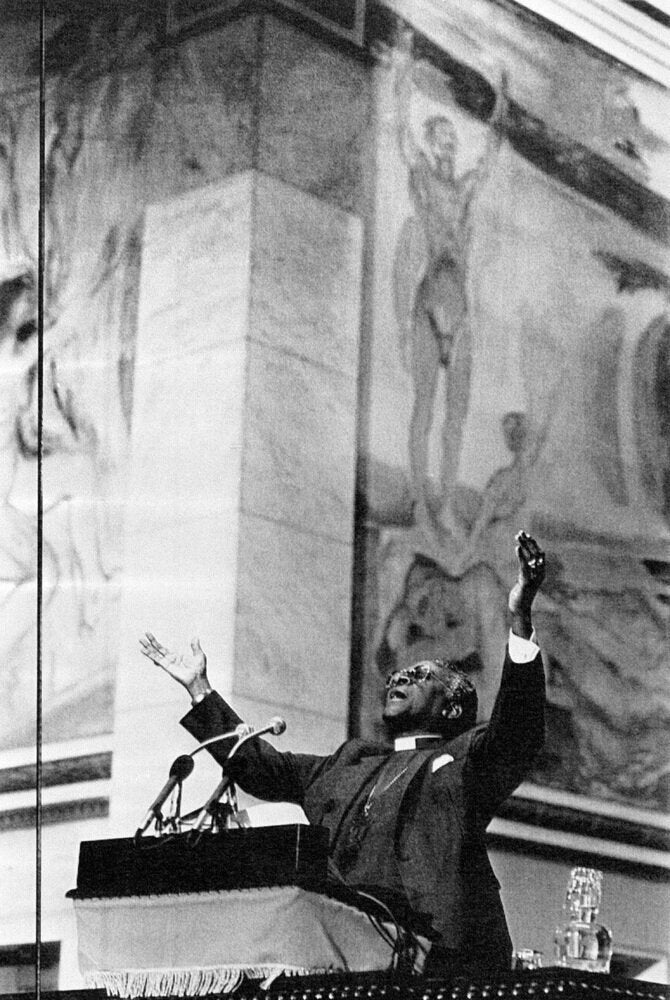
\n
\nSouth African activist and Anglican Archbishop and winner of the Nobel Peace Prize, Desmond Tutu, gives a Nobel lecture on December 11, 1984 in the auditorium of the Oslo University, after being awarded Nobel Peace Prize the day before. (LARS GRONSETH/AFP/Getty Images)

\n
\nTrevor Tutu, son of Anglican Archbishop Desmond Tutu, is led from the Soweto court, on August 26, 1985, after being arrested under South Africa\'s state-of-emergency regulations after he disrupted a court hearing for dozens of black schoolchildren detained by police for boycotting classes. (WENDY SUE LAMM/AFP/Getty Images)
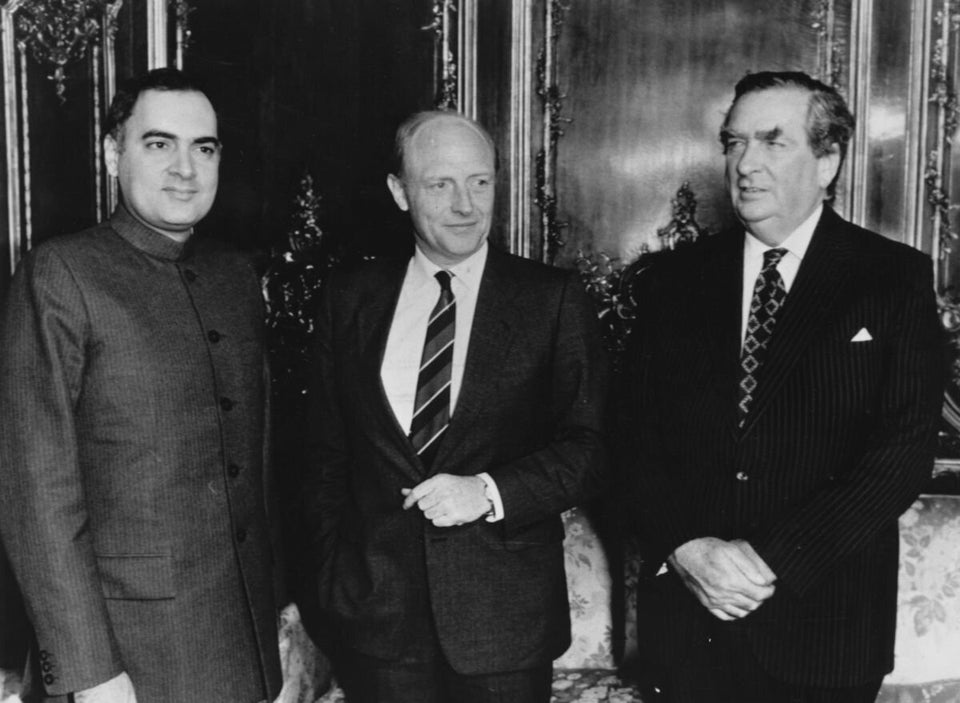
\n
\nIn response, the South African government begins to ease its enforcement of petty Apartheid, rolling back the pass laws\' restrictions on black access to public space. \n
\n
\n15th October 1985: Indian Prime Minister Rajiv Gandhi (1944-1991) with Neil Kinnock and Denis Healey on an official visit to London to discuss Britain\'s attitude to sanctions against South Africa. (Photo by Keystone/Getty Images)
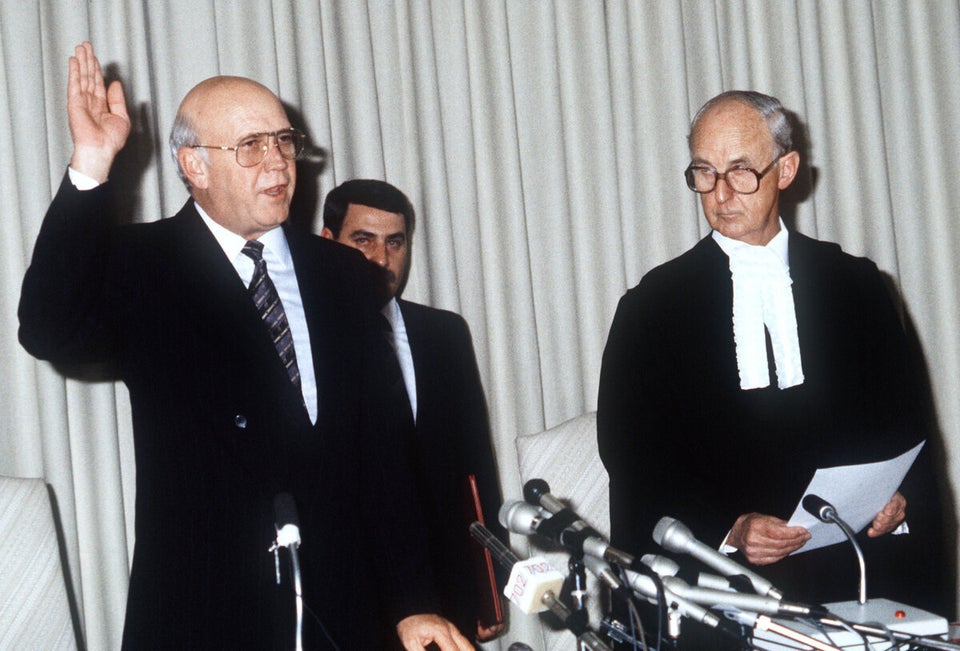
\n
\nNational Party leader Frederik Willem de Klerk (L) sworn in as acting State President on August 15, 1989 by the country\'s highest ranking judge, chief justice Michael Corbett (R). Frederik de Klerk was elected after the resignation of P. W. Botha. (STRINGER/AFP/Getty Images)
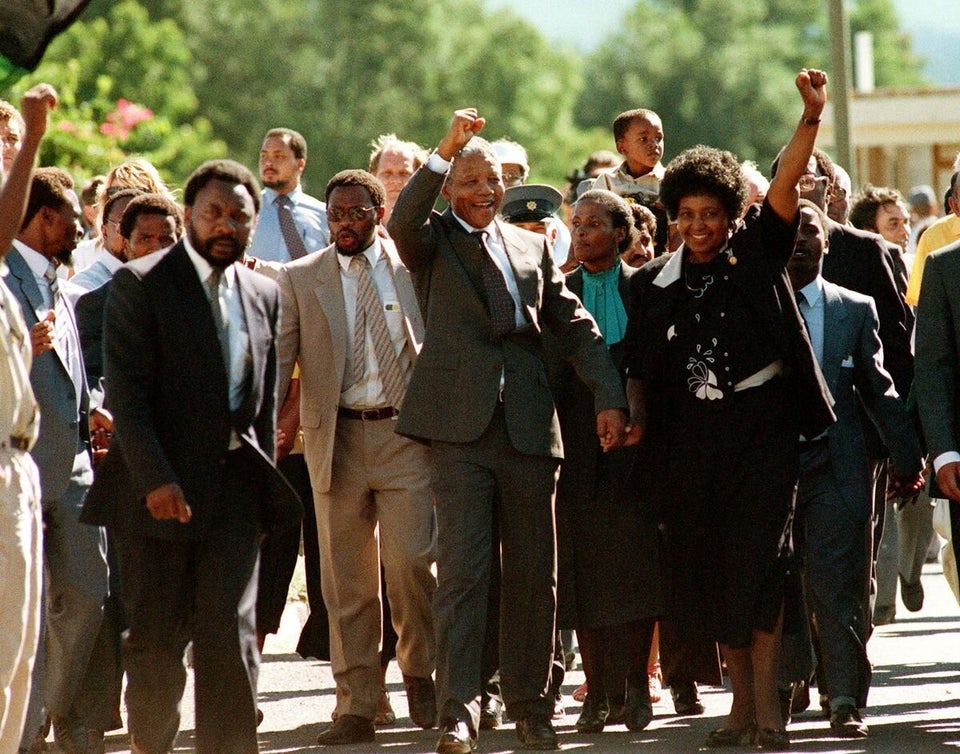
\n
\nSouth African National Congress (ANC) President Nelson Mandela (c) and his then-wife Winnie raise their fists 11 February 1990 in Paarl to salute the cheering crowd upon Mandela\'s release from Victor Verster prison. (ALEXANDER JOE/AFP/Getty Images)

\n
\nAfrican National Congress President Nelson Mandela (R) shakes hands with South Africa\'s President Frederik W. de Klerk (C) as South African Foreign Minister Pik Botha (L) looks on, 15 May 1992 in Johannesburg, after the first day of the Convention for a Democratic South Africa (CODESA). (TREVOR SAMSON/AFP/Getty Images)
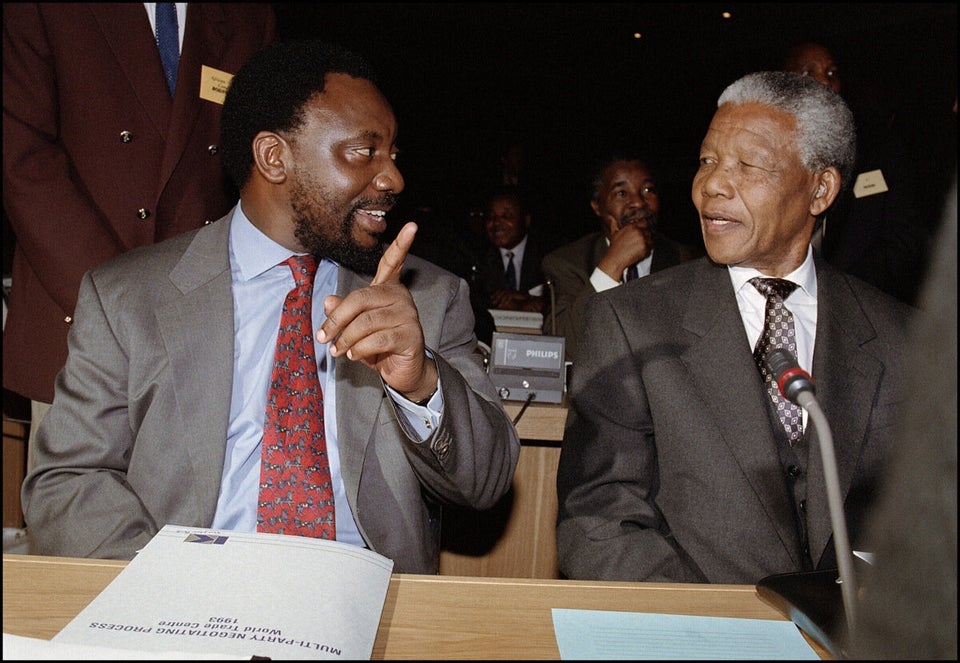
\n
\nANC Secretary General Cyril Ramaphosa (L) chats with Nelson Mandela after arrival at the World Trade Center, in Kempton Park 18 November 1993, where political leaders formally endorsed a constitutional blueprint that will end 300 years of white minority rule. (WALTER DHLADHLA/AFP/Getty Images)
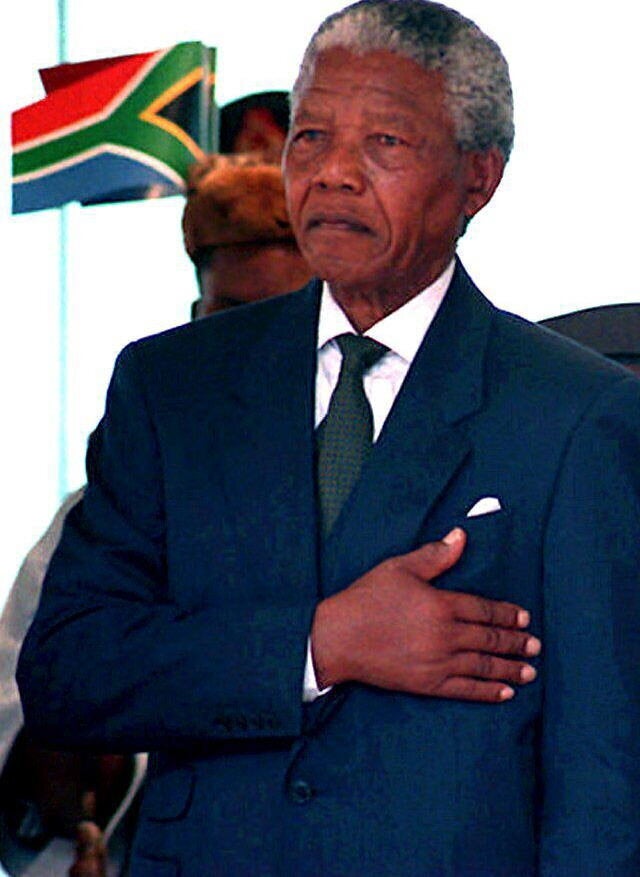
\n
\nSouth African President Nelson Mandela stands at attention as the national anthem is played during his inauguration 10 May 1994 at the Union Buildings in Pretoria. (WALTER DHLADHLA/AFP/Getty Images)
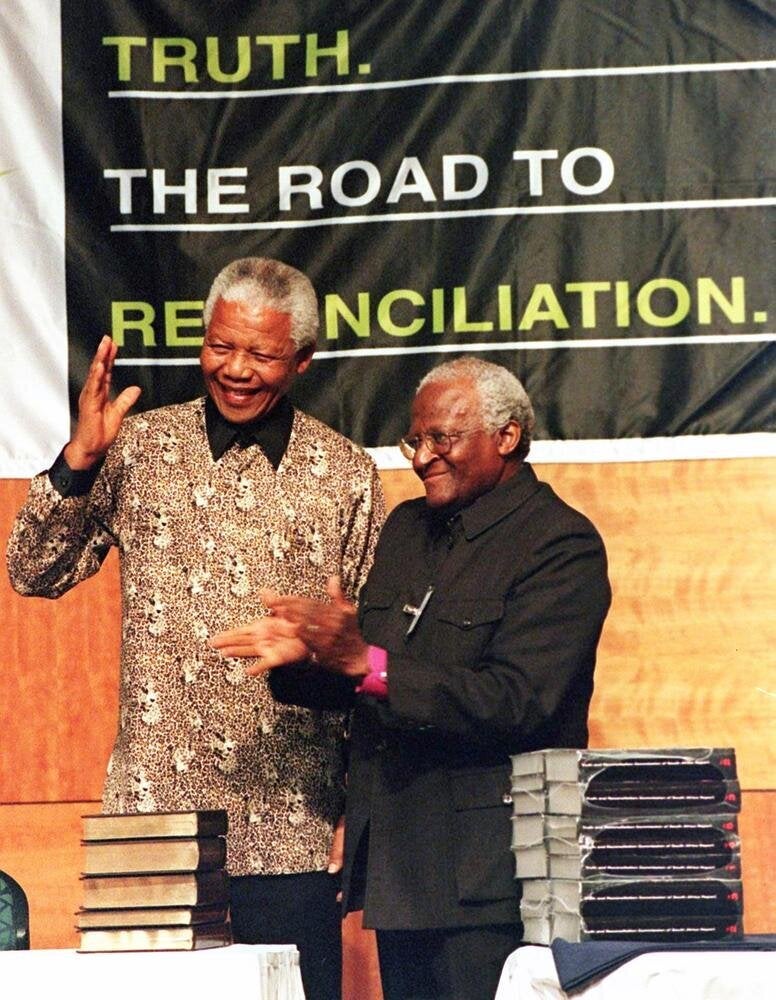
\n
\nSouth African President Nelson Mandela (L) with Archbishop Desmond Tutu, acknowledges applause after he received a five volumes of Truth and Reconciliation Commission final report from Archbishop Tutu, in Pretoria 29 October. (WALTER DHLADHLA/AFP/Getty Images)
Retrouvez les articles du HuffPost sur notre page Facebook.